What Are Tendrils For – Should Tendrils Be Removed From Vines

Climbing plants save space in the garden by growing vertically. Most gardeners have had one or more climbing plants in the garden that have tendrils. What are tendrils for? Tendrils on vine plants help the plant ascend much like a rock climber who needs hand and foot holds to scale up a mountain.
While climbing is the main purpose of tendrils, they may also have some negative consequences as well. Given that there are downsides to tendrils on vine plants, should tendrils be removed?
What are Tendrils for?
There are two types of tendrils: stem tendrils like those found on passionflowers or grapes and leaf tendrils such as those found on peas. Stem tendrils grow out of the stem and leaf tendrils are modified leaves that emerge from a leaf node.
As mentioned, the purpose of tendrils on vines is to assist the plant in climbing but they can also photosynthesize, making them doubly valuable to the vine.
The tendrils of plants such as the sweet pea act as fingertips and “feel” around until they encounter a solid object. When they “touch” the object the tendrils contract and coil. This process is called thigmotropism. Once the tendril coils and grabs onto the object, it can adjust the amount of tension on the support.
Should Tendrils be Removed?
The purpose of tendrils is all well and good for the vine, but what about other plants? Turns out it’s a jungle out there and vines have a well-deserved reputation for invasion. The harmless looking tendrils grow rapidly and can quickly wrap around their competitors, strangling them.
Tendrils of other plants, such as ivy, can wreak havoc on your house. They use their tendrils to climb but as they do so, these tendrils get wedged in cracks and crannies along the foundation and up the exterior walls of the home. This can cause damage to the exterior, but then again, so can removing tendrils from plants that have adhered to the home.
Gardening tips, videos, info and more delivered right to your inbox!
Sign up for the Gardening Know How newsletter today and receive a free copy of our e-book "How to Grow Delicious Tomatoes".
So, should tendrils be removed? Ideally, if you have a climber next to the home, you have provided a support for it to clamber up rather than up your exterior. If this isn’t the case, then carefully removing tendrils from plants that have adhered might be the only option. Certain sidings, such as stucco, are more susceptible to damage from the tendrils of plants.
To remove the tendrils first snip the roots of the vine from the ground or wherever the connection is. Next, cut 12 by 12 inch (31 x 31 cm.) sections of the vine that is growing up the house. Cut through both vertically and horizontally in this manner until you have a grid comprised of square-foot sections.
Let the grid of cut vines dry for two to four weeks and, once dry, gently pry it from the wall. If you meet with resistance, the vine is probably still green. Allow it to dry further. The whole process of killing the vine may take a month or longer. As the vine dries, continue to remove sections by hand.

Amy Grant has been gardening for 30 years and writing for 15. A professional chef and caterer, Amy's area of expertise is culinary gardening.
-
 Looking For Plants To Give You The Soft And Fuzzies? Try These 5 Fuzzy Leaf Plant Options
Looking For Plants To Give You The Soft And Fuzzies? Try These 5 Fuzzy Leaf Plant OptionsLovers of texture, drama, silver foliage and tactile plants will adore these special sensory garden additions. These fuzzy leaf plant options will leave you all aglow
By Susan Albert
-
 Get Ready For A Summer Of Hummers! Grow These Full Sun Hummingbird Plants and Flowers
Get Ready For A Summer Of Hummers! Grow These Full Sun Hummingbird Plants and FlowersIf you’re lucky enough to enjoy a sunny backyard, make sure you are maxing out on your pollinator opportunities and grow these full sun hummingbird plants and flowers
By Tonya Barnett
-
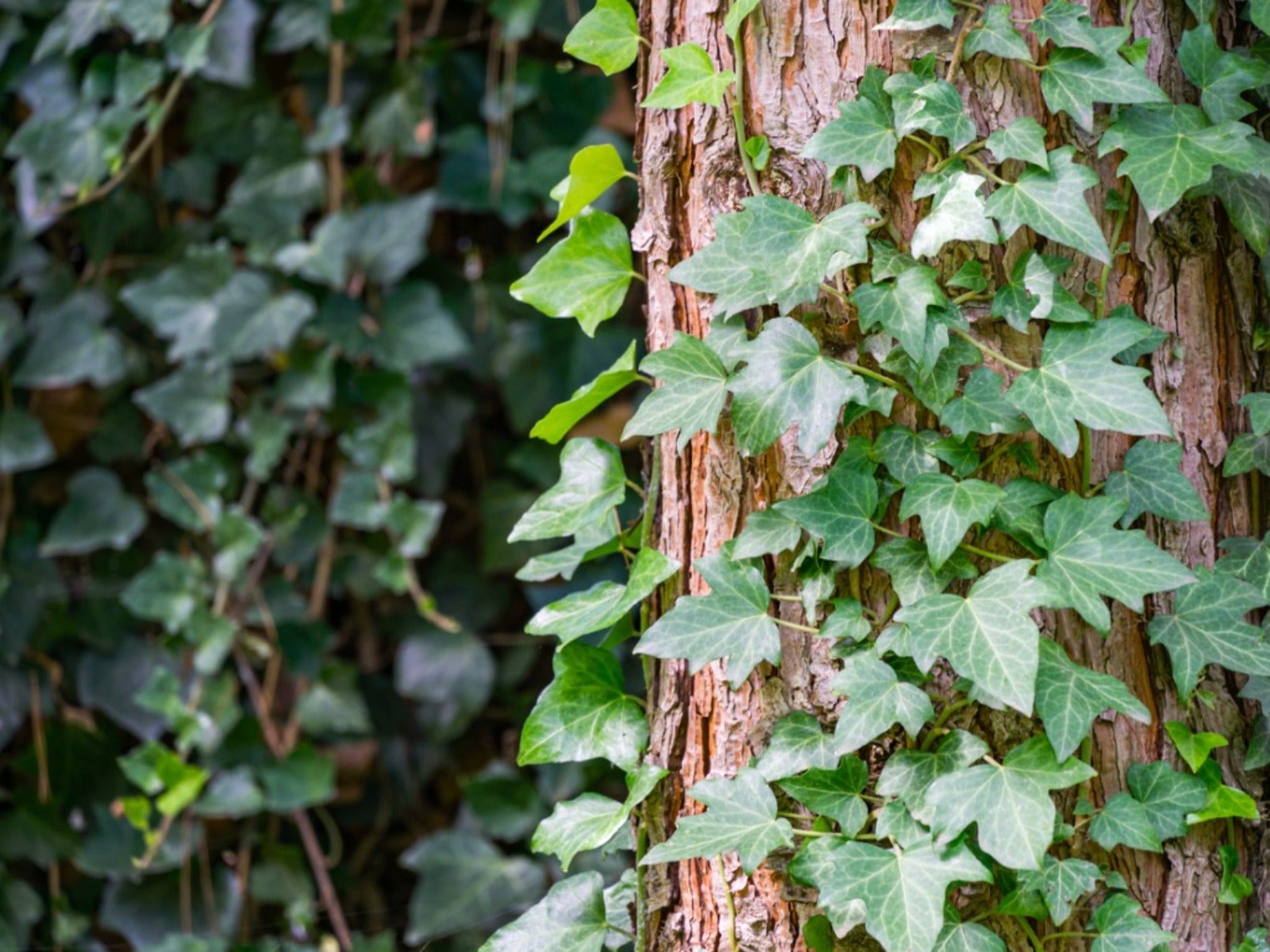 7 Invasive Vines To Avoid In Your Yard And Garden
7 Invasive Vines To Avoid In Your Yard And GardenWhat are some common invasive vines to avoid in your yard and garden spaces? Click here to find out.
By Susan Albert
-
 Fragrant Climbing Vines For Arbors And Trellises
Fragrant Climbing Vines For Arbors And TrellisesAdding fragrant climbing vines to the landscape adds a sense of height and olfactory pleasure! Climbing vines make your space more lush, interesting, and vibrant.
By Tonya Barnett
-
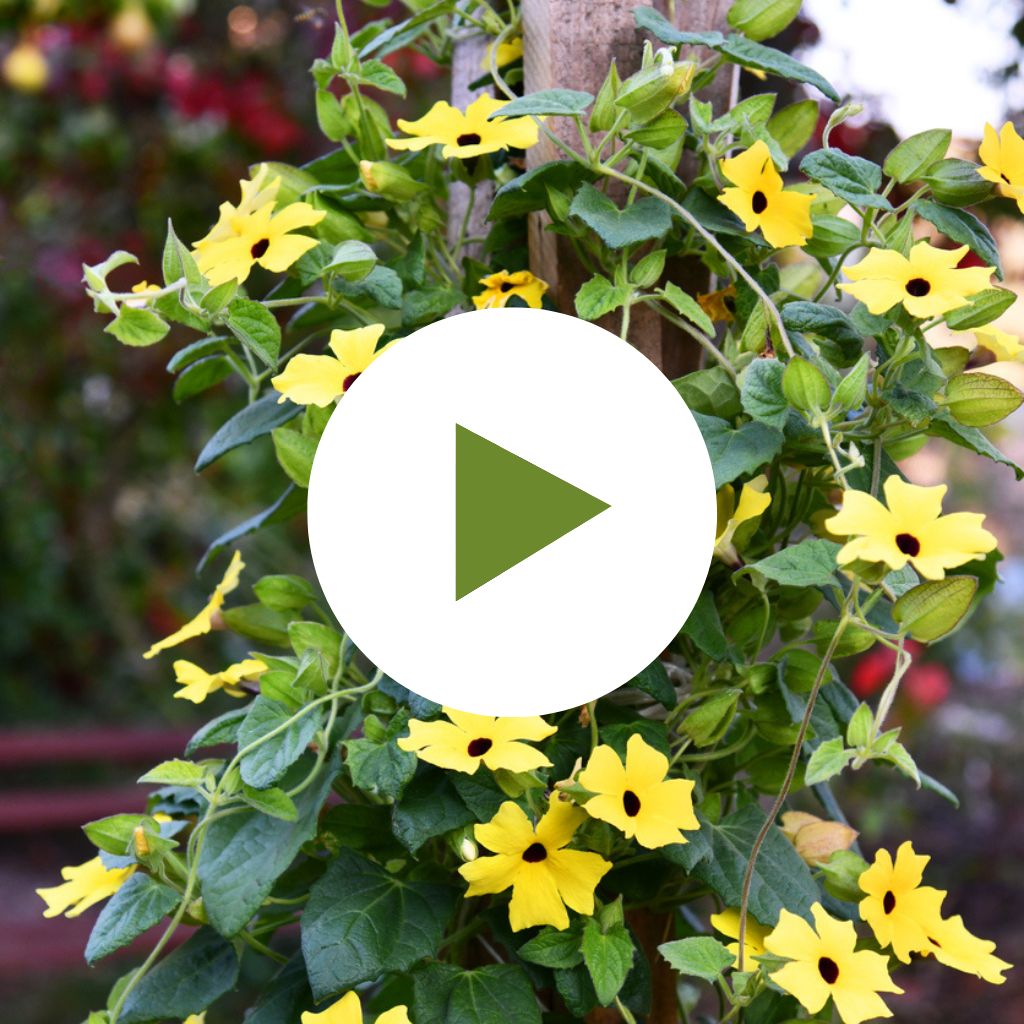 10 Flowering Vines With An Extended Bloom Season
10 Flowering Vines With An Extended Bloom SeasonWhether you’re short on space, need to add privacy or hide unsightly views, take advantage of your vertical space with flowering vines.
By Amy Draiss
-
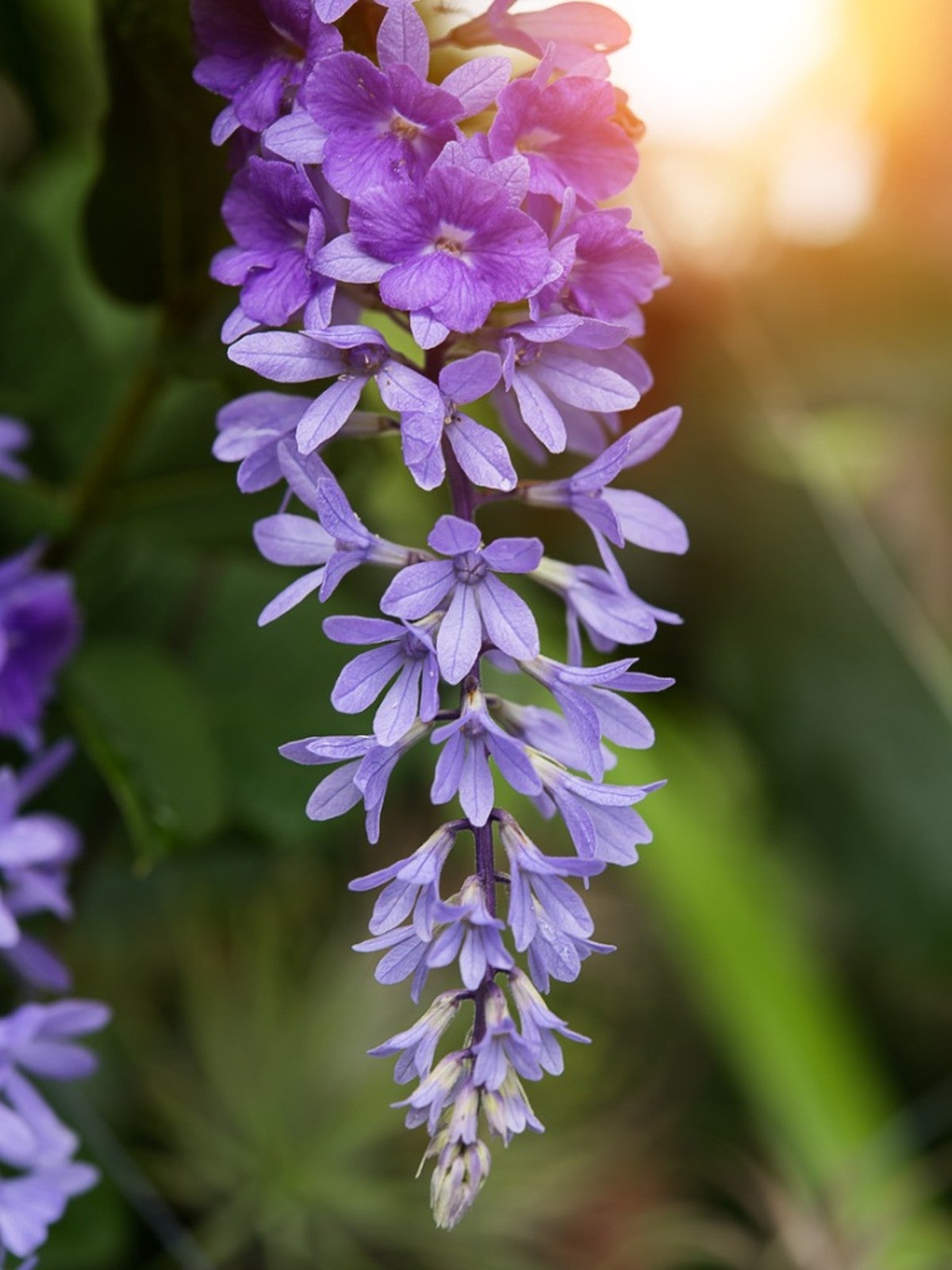 Queen’s Wreath Info – Learn About Growing Queen’s Wreath Plants
Queen’s Wreath Info – Learn About Growing Queen’s Wreath PlantsFor a touch of the tropics in your landscape, try growing queen’s wreath vine. The following gives information on how to grow and care for the vine.
By Amy Grant
-
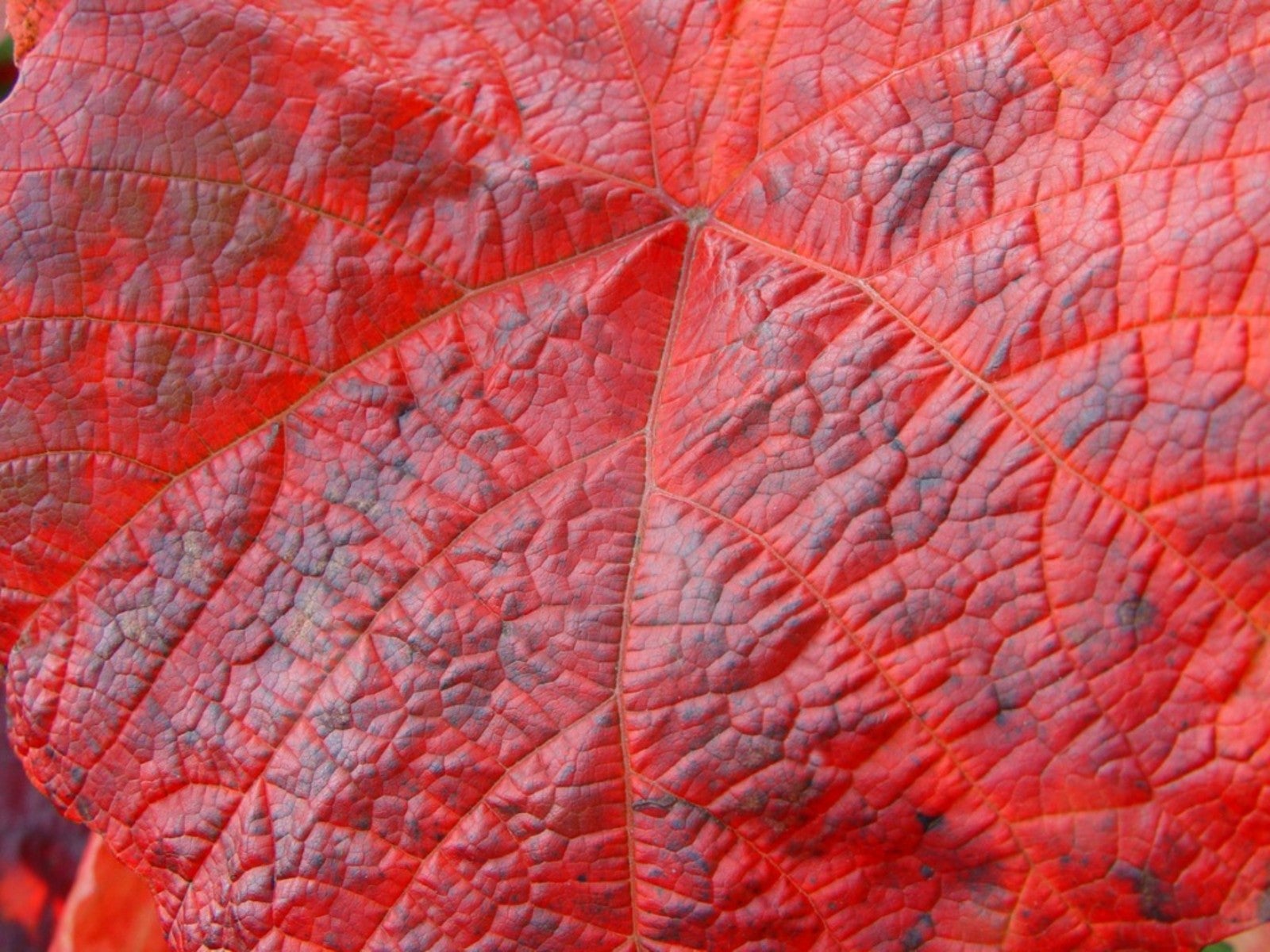 Crimson Glory Grapevines – Growing A Crimson Glory Vine Plant
Crimson Glory Grapevines – Growing A Crimson Glory Vine PlantAlso known as Crimson Glory grapevines, the Crimson Glory vine plant is actually an ornamental type of grape. Read on for more info.
By Tonya Barnett
-
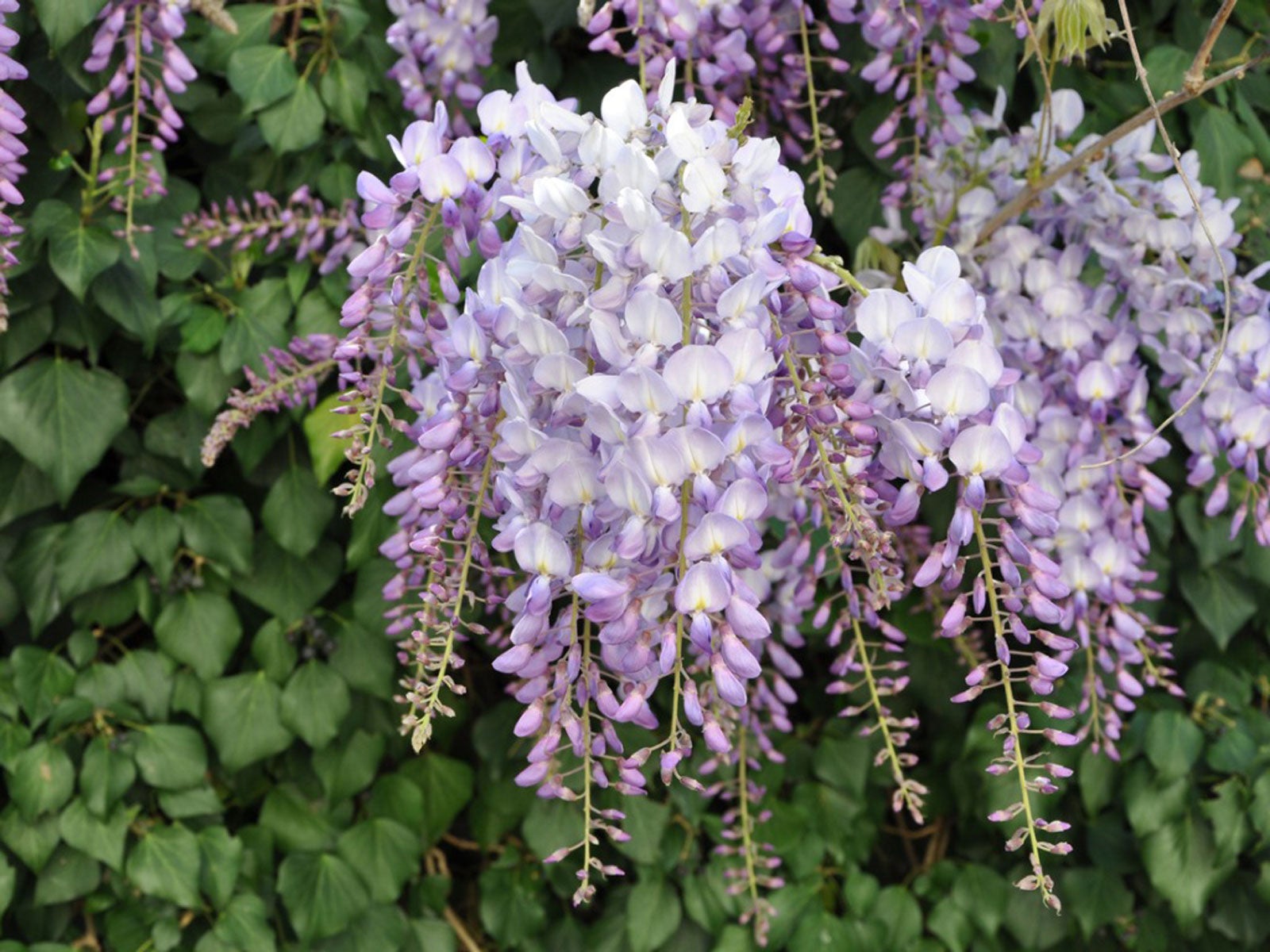 What Are Deciduous Vines: Growing Deciduous Vine Varieties In Gardens
What Are Deciduous Vines: Growing Deciduous Vine Varieties In GardensDeciduous vine care may be a bit more difficult than hardy evergreens but will be worth it when they come back in spring. Click here for more info.
By Bonnie L. Grant
-
 Vines For Full Sun Locations: Growing Vines That Like Sun
Vines For Full Sun Locations: Growing Vines That Like SunTrailing vines that like full sun can grow up a fence, trellis, or an arbor with various purposes in the landscape. Find some full sun vines here.
By Becca Badgett
-
 Different Trellis Types: Tips For Using Trellising In Gardens
Different Trellis Types: Tips For Using Trellising In GardensMaybe you confuse a trellis with a pergola, which is easy to do. If you’ve wondered exactly what a trellis is, click here to get more info.
By Becca Badgett